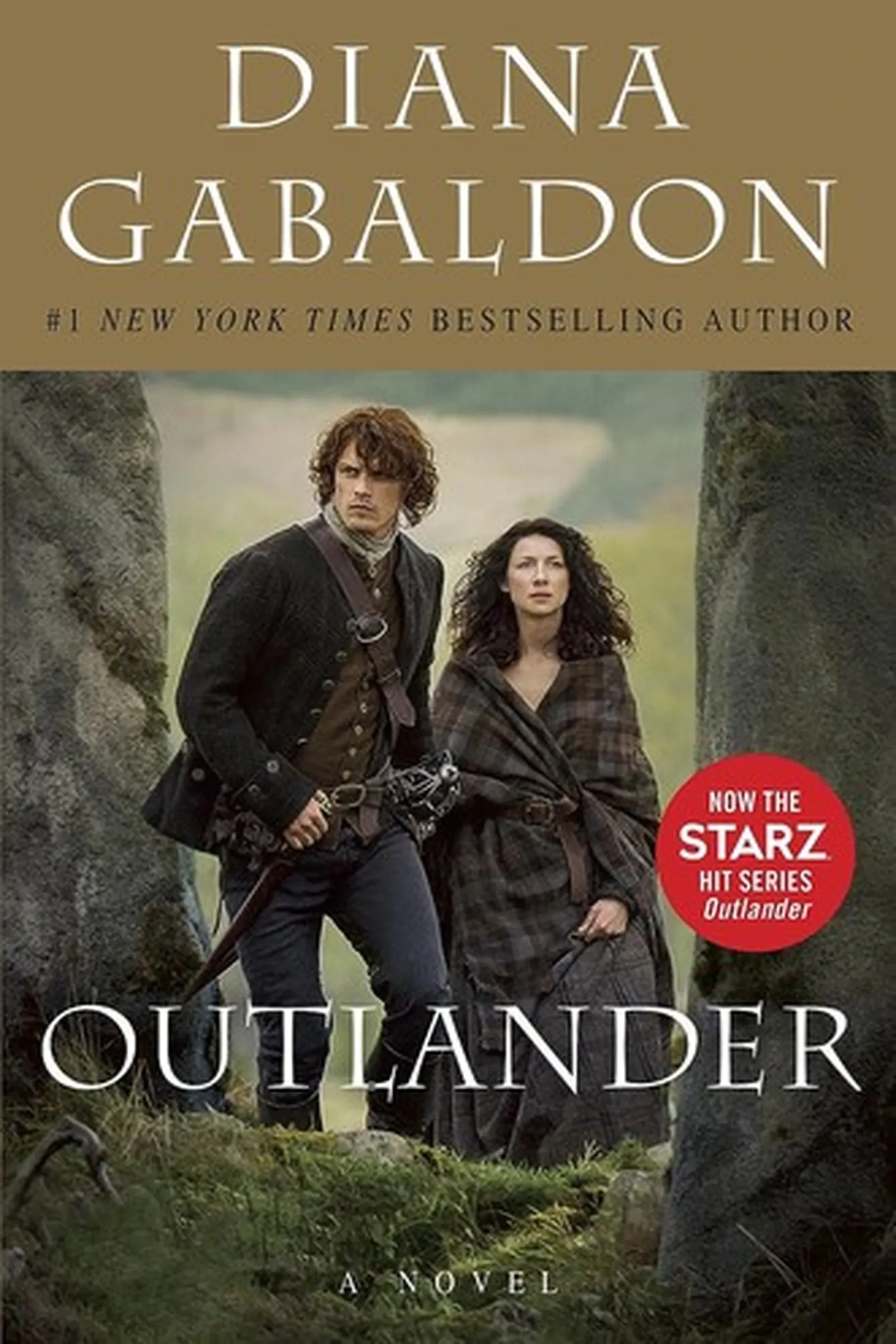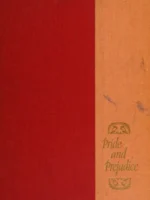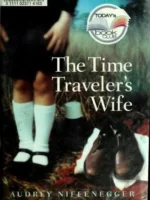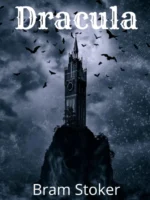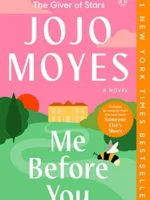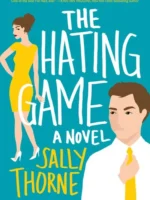Outlander, Diana Gabaldon, 1991
- Author: Diana Gabaldon
- Genre: Romance
- Publisher: Delacorte Press
- Publication Year: 1991
- Pages: 850
- Format: Paperback
- Language: English
- ISBN: 978-0440212560
- Rating: 4,2 ★★★★☆
Outlander Review
About
Published in 1991, Diana Gabaldon’s Outlander is an ambitious blend of historical fiction, romance, fantasy, and adventure. It begins with a time-travel premise and unfolds into an epic love story that spans centuries. Set against the rugged backdrop of 18th-century Scotland, the novel explores loyalty, survival, and the collision between modern sensibility and brutal history. Gabaldon writes with energy and sensory precision, crafting a world that feels both mythic and lived-in.
Overview
Claire Randall, a World War II nurse, travels to the Scottish Highlands in 1945 with her husband Frank. While exploring ancient standing stones at Craigh na Dun, she is suddenly thrust back to 1743—a world of clan politics, superstition, and rebellion. Captured by Highland warriors, Claire uses her medical training to survive and gains the wary trust of Jamie Fraser, a young Scotsman with both charm and scars. Their relationship deepens amid danger and cultural clash. Torn between two centuries and two men, Claire must decide where—and when—she truly belongs.
Summary
(light spoilers) Claire’s sudden arrival in 18th-century Scotland throws her into chaos. Mistaken for an English spy, she’s forced to marry Jamie for protection, and what begins as necessity grows into profound love. As she learns the politics of the Jacobite era, Claire faces brutal realities—violence, superstition, and the limits of women’s power in a harsh world. Gabaldon intertwines vivid historical detail with passionate romance: the moors, castles, and battles all feel immediate. Claire’s modern instincts both help and endanger her; her knowledge of medicine and history becomes a double-edged sword. By the novel’s end, she must choose between returning to her husband in the 20th century or staying with Jamie in the past, accepting the risks of love that can’t exist on paper. The choice is wrenching and brave, and it defines the rest of the saga.
Key Themes / Main Ideas
• Love across time — passion that defies logic and circumstance.
• Gender and survival — a woman negotiating power in a patriarchal world.
• History as living force — the past isn’t distant, it’s alive and dangerous.
• Identity — torn between duty, desire, and belonging.
• Healing and violence — tenderness as a response to trauma.
Strengths and Weaknesses
• Strengths — Vivid world-building, complex emotional stakes, and a heroine whose pragmatism grounds the fantasy.
• Strengths — The chemistry between Claire and Jamie feels authentic, built through conflict as much as affection.
• Weaknesses — The pacing stretches at times; the novel’s darker scenes of violence and sexual coercion may unsettle some readers.
• Weaknesses — Historical authenticity occasionally overshadows subtlety, but the intensity keeps readers invested.
Reviewed with focus on themes, audience, and takeaways — Diana Gabaldon
| pa_author | Diana Gabaldon |
|---|---|
| ISBN | 978-2-516-23428-2 |
| pa_year | 1984 |
| Pages | 528 |
| Language | English |

